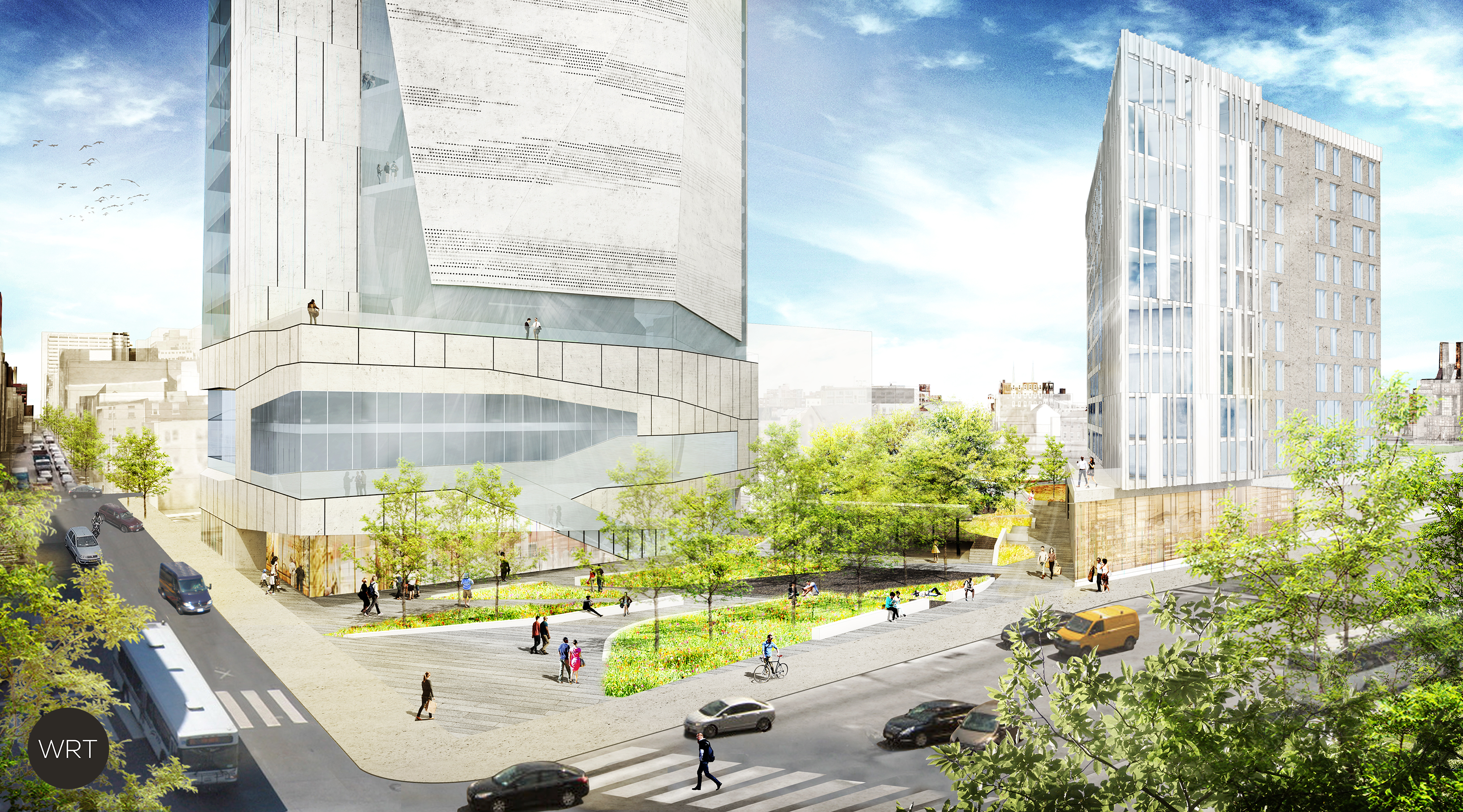April 11: Pennrose wins Chinatown bid | NFL waste management | PHL economic impact

The Redevelopment Authority has selected the Pennrose-led proposal to redevelop the city-owned 3.2-acre lot at 8th and Vine Streets in Chinatown, Jacob Adelman reports. PRA executive director Gregory Heller explains that the deciding factor, in addition to the potential social and economic impact, boiled down to design. PRA and other city agencies on the selection committee praised the “ambitious architecture” that “really set the tone for how Philadelphia wants to develop.” Pennrose’s proposed 11-story 150-unit apartment tower would include 55 units of affordable senior housing; a 147-room Comfort Inn hotel; 143-spot parking lot, ground-floor retail, and the Equal Justice Center. For background, read Jake Blumgart’s coverage of the two competing proposals from March.
The NFL is prepared to deal with the waste produced by 200,000 fans with “an extreme measure of conscientiousness,” according to Zero Waste head Nic Esposito. Beyond providing trash, recycling, and composting bins, the Inquirer reports that “the league will purchase Renewable Energy Certificates that would equal the amount of electricity used,” put up $10,000 for urban forestry as part of a matching grant, donate construction and demolition materials for reuse, and send leftover food to a soup kitchen or a compost facility.
While you’re standing in line at PHL juggling your carry on in one hand and eating your Tony Luke’s sandwich in the other, you’re contributing to a “crucial cog for regional economic growth [that] brings in dollars from outside that will be circulated locally,” according to Econsult’s new report on the airport’s regional economic impact. The Philadelphia Business Journal highlights the direct and indirect economic activity that produces $15.4 billion in annual output in the 11-county Philadelphia metropolitan statistical area, supporting 96,300 jobs.
Philadelphia’s not the only city debating doing away with transit transfer fees. Our neighbors down the Northeast Corridor in D.C. are grappling with similar goals to improve the Metro fare system. Greater Greater Washington compares fares for combo trips in the eight cities with the highest transit usage, including Philadelphia, taking into account bus fare with card, bus fare after rail, and bus fare after another rail.
The Johnstown metro region is the third fastest shrinking city in the U.S., Keystone Crossroads’ Eleanor Klibanoff reports. The small Western Pennsylvania city is at the precipice of deep decline, with a 7.3% unemployment rate, and 35% poverty rate (more than twice the state average), and an aging tax-paying population that’s dying off. Johnstown is also at the precipice of opportunity to jumpstart its economy, though, as the region has ties to federal defense spending, and the coal and natural gas industry, which the federal administration has prioritized in the recent proposed budget.
WHYY is your source for fact-based, in-depth journalism and information. As a nonprofit organization, we rely on financial support from readers like you. Please give today.







